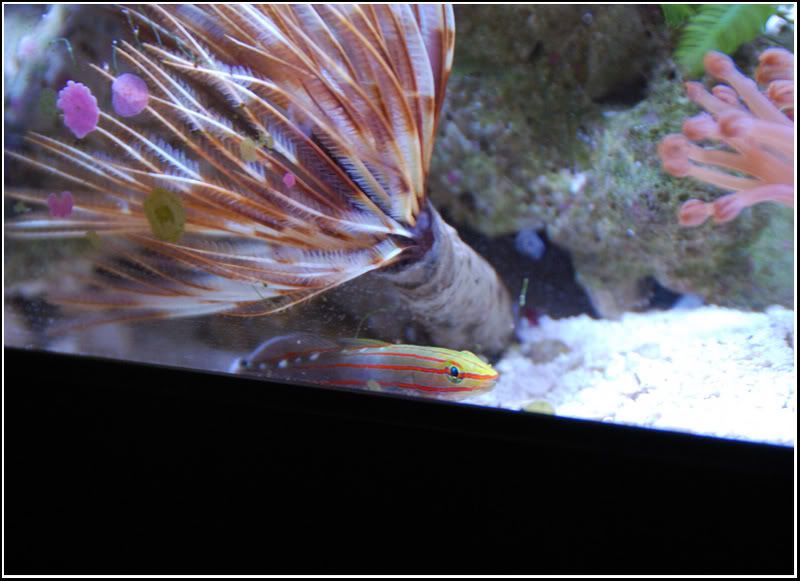I know feather dusters have a pretty dismal survival rate in the long term in captivity -they just starve to death over the course of a couple of months. I am unsure as to whether or not this is attributed to some reefers not feeding their tank anything but food for the fish -no invert specific foods. I've been seeing some nice red and white ones (unsure of their classification), however I do not want to get one if it will absolutely expire in my care. I am just wondering if I should give one a try ... I do feed Oyster Feast every day. I do not target feed though, I just add it to my tank, for what it is worth. Does a feather duster need to be target fed? I do not know if this is enough though; just looking for others' input and/or experiences.
Thanks!
Thanks!


